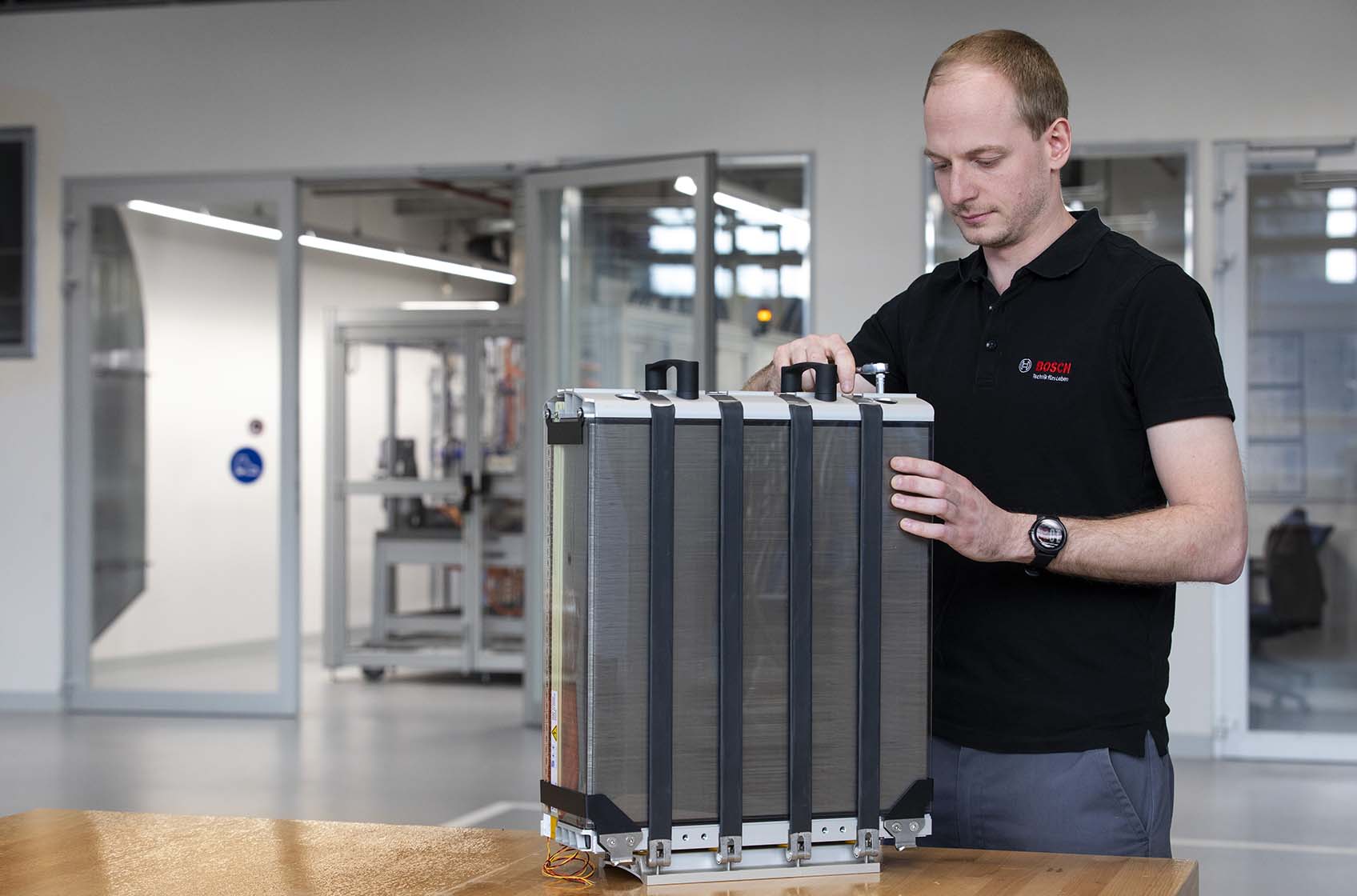
Fraunhofer Monitoring: Germany leads the way in the emerging fuel cell market
At the conclusion of the H2Go project, Fraunhofer ISI presented an updated monitoring report on the development of fuel cell technology in Germany. The study shows that Germany ranks among the leading locations for research and development in an international comparison, particularly in terms of patents for fuel cell technologies. However, the monitoring also highlights major uncertainties in market development and high global market dynamics as characteristics of a still young market.
“The funding policy of recent decades has contributed decisively to to Germany now being one of the leading innovation locations in the field of fuel cells,” explains project manager Henning Döscher. Funding has been provided for both basic research and industrial application development, which has led to close networking between science and industry. Since 1969, around 800 relevant projects have been supported with funding amounting to billions. Funding has increased significantly, particularly since the 2000s. This has created a broad scientific base, which is reflected, among other things, in the number of patent applications. Germany ranks third worldwide in this respect, behind Japan and the USA. German players are particularly active in the field of polymer electrolyte and high-temperature fuel cells. The most active patent applicants include international corporations such as Toyota and Panasonic, as well as German companies such as Bosch, Siemens and the Jülich Research Centre. The role of specialised medium-sized suppliers is also striking, which are positioning themselves in global competition with focused patent portfolios.
The monitoring also takes into account international market studies which identify considerable uncertainties for the further development of the fuel cell market. Sales estimates for 2023 range from USD 2 billion to USD 117 billion. “The wide range of market estimates illustrates that the fuel cell market is still in an early stage of development,” says Sven Altvater, research associate at Fraunhofer ISI. “Public funding measures, industrial policy strategies and technological breakthroughs will determine how quickly the market can grow and establish itself in the coming years.”
Source: https://www.isi.fraunhofer.de/de/presse/2025/presseinfo-19-brennstoffzellen-monitoring-h2go.html



























